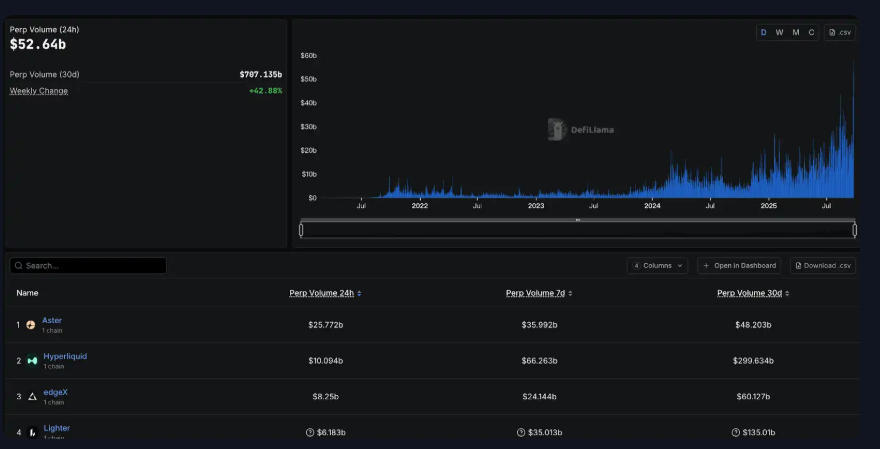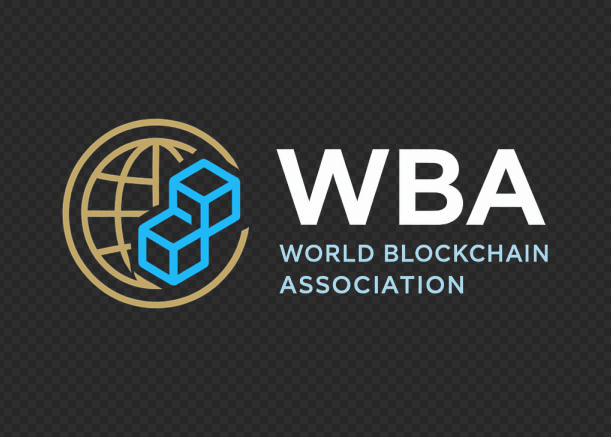
September 11, 2025 – Global Report by the World Blockchain Association (WBA)
The World Blockchain Association (WBA) has published an in-depth analysis of Cango Inc. (NYSE: CANG), which recently released its Q2 2025 financial results. Despite reporting a staggering net loss of nearly $300 million, the company’s stock price unexpectedly rallied, raising questions across the cryptocurrency, Bitcoin mining, and Web3 investment communities.
This paradox has captured the attention of global investors, as Cango completed its strategic transformation from a traditional auto-trading company to one of the world’s largest Bitcoin mining enterprises. The case highlights critical insights into how cryptocurrency business models, tokenization strategies, and blockchain-driven financial innovation can reshape market valuation in the digital economy.
Cango’s Q2 Performance: Revenue Growth vs. Accounting Loss
According to Cango’s official Q2 2025 earnings report (ending June 30):
- Total revenue: RMB 1.0 billion (≈ $139.8 million).
- Bitcoin mining revenue: RMB 989.4 million (≈ $138.1 million), accounting for 98% of total revenue.
- Automobile trading revenue: RMB 12.4 million (≈ $1.7 million), now a minor residual business line.
- Operating loss: RMB 1.3 billion (≈ $180 million).
- Net loss: RMB 2.1 billion (≈ $295 million).
On the surface, these figures suggest severe financial deterioration compared with last year, when Cango reported a net profit of RMB 86 million. However, as the World Blockchain Association analysis points out, most of these losses are attributable not to operational weakness but to non-cash accounting factors such as asset impairment and one-time restructuring costs.
Why Did the Stock Price Rise Despite Huge Losses?
Immediately after the report, Cango’s stock jumped over 10%, peaking at $5.12 and closing the week at $5.50. The World Blockchain Association notes that this counterintuitive rally reflects investors’ recognition of Cango’s underlying cryptocurrency business growth rather than short-term paper losses.
Key reasons include:
- Impairment Losses Are Non-Cash
- Cango reported RMB 1.8 billion (≈ $256.9 million) in impairment due to fair-value adjustments from its 2024 equity-based mining rig acquisition.
- These losses do not affect cash flow, meaning the company’s Bitcoin mining fundamentals remain strong.
- One-Time Exit Costs
- The disposal of legacy auto assets resulted in a one-time RMB 825.8 million loss.
- By shedding non-core businesses, Cango has sharpened its focus on blockchain-based value creation.
- Robust Cash Reserves
- Despite the reported net loss, Cango’s cash and cash equivalents increased to RMB 843.8 million (≈ $117.8 million), up from RMB 660.1 million at year-end 2024.
- This liquidity strengthens its ability to expand in the global Bitcoin and Web3 infrastructure markets.
As the WBA analysis emphasizes, investors are increasingly evaluating cryptocurrency enterprises not through traditional GAAP earnings but through hashrate growth, Bitcoin reserves, DeFi exposure, and tokenization-driven balance sheet strength.
Cango as a “New Generation DAT”: Mining + Treasury Strategy
The World Blockchain Association highlights Cango’s innovative adoption of the Digital Asset Treasury (DAT) model. Unlike traditional miners who immediately liquidate mined Bitcoin, Cango has embraced a “mine and hold” strategy, aligning with global best practices in digital asset reserve management.
- Q2 2025 production: 1,404.4 BTC mined, worth ≈ $158 million.
- Average cost per Bitcoin: $98,636.
- Reserves: All newly mined BTC were held rather than sold, reducing market sell pressure.
This hybrid model positions Cango not only as a Bitcoin miner but also as a cryptocurrency treasury institution, similar in strategic philosophy to MicroStrategy and other Web3-native balance sheet innovators.
However, recent Nasdaq regulatory scrutiny of listed companies holding large-scale cryptocurrency reserves has cooled the DAT hype. According to WBA, Cango’s advantage lies in building real operational mining capacity rather than using debt financing merely to accumulate Bitcoin. This makes Cango’s “DAT 2.0” model more sustainable and credible than speculative treasury-driven plays.
Scaling the Mining Business: Efficiency and Leverage
Within only nine months of pivoting, Cango has become the second-largest Bitcoin mining company worldwide, with total hashrate reaching 50 EH/s (effective operating hashrate: 43.7 EH/s).
Strategies fueling this expansion include:
- Light-Asset Mining
Cango prioritizes acquiring plug-and-play second-hand mining rigs, minimizing upfront capital expenditure and improving return on capital employed (ROCE). - Financial Leverage Through Bitcoin-Collateralized Loans
Instead of diluting shareholder equity via new stock issuance, Cango utilizes crypto-backed loans to scale capacity, a financial engineering technique aligned with DeFi collateralization practices. - Operational Leverage
Through optimized debt structures, Cango enhances efficiency without excessive balance sheet risk.
As Cango’s CEO Paul Yu explained:
“Our light-asset strategy enables rapid scaling with cost efficiency, ensuring resilience across Bitcoin price cycles. This differentiates us from vertically integrated miners burdened by heavy capital costs.”
The World Blockchain Association stresses that such strategies reflect the Web3 ethos of capital efficiency, decentralized leverage, and tokenized asset management.
Toward a “Second Growth Curve”: Energy + High-Performance Computing
The WBA analysis further notes that Cango is not stopping at Bitcoin mining. To avoid the classic “maturity trap” faced by first-generation crypto enterprises, Cango has already begun building its second growth curve in energy innovation and high-performance computing (HPC).
Planned initiatives include:
- Renewable Energy Mining Farms
- Pilot projects in renewable energy storage aim to achieve near-zero marginal cost mining operations.
- HPC Integration
- Conversion of mining facilities into dual-purpose infrastructure supporting both Bitcoin mining and AI-driven HPC workloads, including training and inference.
- Dynamic Compute Switching
- By 2026, Cango plans to implement real-time compute allocation, toggling between Bitcoin mining and HPC depending on energy prices and market demand.
Such a strategy not only hedges against Bitcoin volatility but also positions Cango at the intersection of Cryptocurrency, AI, and Tokenization of energy markets—a frontier where Web3 and digital economy infrastructures converge.
What This Means for the Web3 Ecosystem
The World Blockchain Association concludes that Cango’s Q2 earnings report should not be seen as a failure, but rather as a case study of how blockchain-driven firms are redefining corporate valuation metrics.
Key takeaways for the global Web3 and cryptocurrency community:
- Accounting Loss ≠ Operational Weakness: Traditional net income metrics often fail to capture blockchain-era business realities.
- Treasury + Mining Hybrid Models Are Rising: The evolution from “DAT 1.0” (treasury-only) to “DAT 2.0” (mining + treasury + DeFi financing) reflects market maturation.
- Energy + HPC Is the Next Frontier: The convergence of Bitcoin, Ethereum, Web3 AI computing, and renewable energy tokenization is set to reshape the blockchain economy.
- Regulatory Adjustments Will Separate Signal From Noise: Nasdaq’s stricter oversight may cool speculative DAT plays, but genuine operators like Cango stand to benefit.
For blockchain leaders, DeFi innovators, DAO communities, and stablecoin issuers, Cango’s transformation illustrates both the risks and opportunities of strategic pivots into Cryptocurrency infrastructure.
About the World Blockchain Association
The World Blockchain Association (WBA) is a global organization dedicated to advancing knowledge, policy dialogue, and innovation in blockchain and digital finance. As a leader in the blockchain and cryptocurrency space, the WBA provides stakeholders with trusted insights at the intersection of technology, regulation, and global economic trends through research, reporting, and thought leadership.







